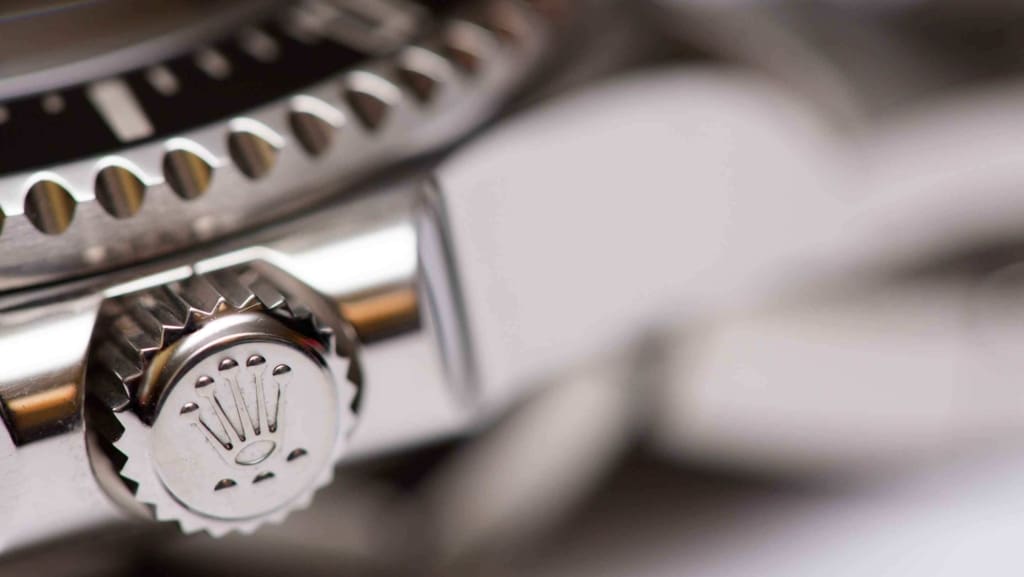A Nation of Rolex Owners?

Out of all of items Homeprotect insures, Rolex is the brand name that crops up again and again. Over 11% of the homes we insure include a Rolex.
We recently looked at the watches on our books to try and figure out why there are so many Rolexes out there. We’ve discovered Rolexes all over the place. They’re squirrelled away in the hills of Northern Scotland, the Welsh valleys and the streets of central Sheffield. They grace the wrists and safes of athletes, actors, company directors and business magnates alongside the odd dog walker and yoga instructor.
One thing is for certain, Rolexes make up a large proportion of the nation’s nest egg. But why do many people consider them to be such a good investment? How many families are choosing to keep hold of them to pass onto the next generation? We dived into the data to find out.
Following the Money

With the average model costing northwards of £5000, Rolexes tend to follow wealth. In fact, it’s clearly visible when you look at the distribution of Homeprotect’s Rolex customers around the country.
When we looked at the number of Rolexes per town as a fraction of population, we found that the South East is clearly a hotspot for these expensive watches. The Surrey and Sussex towns of Redhill, Kingston Upon Thames, Rochester and Chelmsford all appear in the top 10 alongside the affluent South London areas of Twickenham and Bromley. This is hardly surprising, these towns are some of the most prosperous in England and include a higher than average population of retirees, two factors that clearly increase the likelihood of Rolex ownership.
While wealth might increase the chances of owning a Rolex, it is clearly no barrier, our list of jobs titles reflects the entire of British society from Classical Musicians and Analytical Chemists to Cafe Workers and Check Out Assistants. Interestingly, the towns and cities with the youngest overall populations seem to have the least number of Rolex owners. Recent ONS data named London one of the youngest cities in the UK, and three central London areas appear at the top of our list when we looked at the places with the fewest Rolexes. As do the cities of Bradford and Luton, which has some of the youngest overall populations in Europe.
Rolexes are an Investment
As a piece of technology, time pieces tend to be a risky way to build a nest egg. Any product that relies on being the cutting edge always runs the risk of being yesterday’s news, a fact that many Apple owners are acutely aware. According to Ariel Adams, the founder of ABlogtoWatch.com, this is the reason the watch market is so fickle, the emotional pull of a product is influenced by the prevailing zeitgeist.
However, Rolex seems to be the exception that proves the rule. Rated in the top 100 most influential luxury brands, their watches have proved to be a remarkably steady investment. Renowned watch writer and collector Adam Craniotes told Time Money recently “The vintage Rolex even the vintage Tudor, the working man’s Rolex are the still the best game in town, especially if you’re looking for an investment-grade piece that doesn’t have to sit in the safe.”
This belief could explain why our study showed that most of the UK Rolexes are in the hands of retirees. Our study showed that the average age of the average Rolex owner is 68, with male owners outnumbering women almost two to one. Their numbers are overwhelming. 66% of the people in our survey are aged over 65 and only 1.5% under the age of 35.
Still a Status Symbol?
The main reason for Rolex’s steadiness in the investment sector is the remarkable brand they’ve built. The company has spent almost a century carefully building a mystique and prestige around the name so that it now ranks among the world’s most desirable.
The company has always led the way in innovation and durability. The company is also the official time-keeper for Wimbledon, The Australian Open and the US Open as well as the famous Le Mans 24 Hour race. Famed Oceanographers Jacques Picard and Don Walsh strapped them to their wrists when they explored the 10,916m depths of the Mariana Trench and Tenzing Norgay took his Rolex to the summit of Everest when he accompanied Edmund Hilary on his 1953 expedition.
However, some nifty moments of product placements have also played their part. Rolex’s watches have appeared on the arms of Brad Pitt, Cameron Diaz and even Dwight D Eisenhower. It was a Rolex that was famously used to co-ordinate the 1943 Great Escape, and when Sean Connery wore one in the classic Bond film Dr. No in 1962, sales rocketed.
Our survey showed that Rolexes still feature on the policies of the nation’s rich and powerful. Company Directors and Managing Directors are among the largest groups of owners, while a little over 20% of owners have manager or director in the job titles. However, what is even more interesting is that Rolexes can be found in all walks of life, perhaps showing how the timepiece has stayed in the family and been passed down over the years. Over 465 police officers are listed as owners, as well as 175 receptionists and 162 hairdressers. We can even count 11 dog groomers and 12 dinner ladies who have Rolexes on their policies.
The London ‘Donut’

The way that Rolex ownership follows wealth and age is clearly illustrated when we look at London. A highly dynamic city, wealth in London seems to flow from the middle outwards, with the population moving further into the suburbs as they get wealthier. In London, this has left an almost donut-like distribution of Rolexes, with an empty centre and a rich, sugary outer.
So, if you’re looking for these timeless pieces of timekeeping, then you need to head out into the ‘burbs. Outer London has a significantly larger number of Rolex owners than central areas, with areas like Twickenham, Bromley and Dartford having some of the highest concentrations of the brand in the country. It’s probably no coincidence that these areas are where the richest and oldest inhabitants of the capital call home. Conversely, our data seems to suggest that Rolexes tend to have a south-westerly migration pattern, with East and North London having the lowest numbers of Rolex per head in the capital.
Perhaps this is the trajectory of most Rolexes? Despite all of the hi-tech features and flawless style, most people buy them as investment pieces, sitting on them as they increase in value. This is why there are so many Rolexes in so-called grey areas, to loosely paraphrase the slogan of Patek Philippe, another famous watch brand: you can never really own a Rolex, you simply look after them for the next generation.



